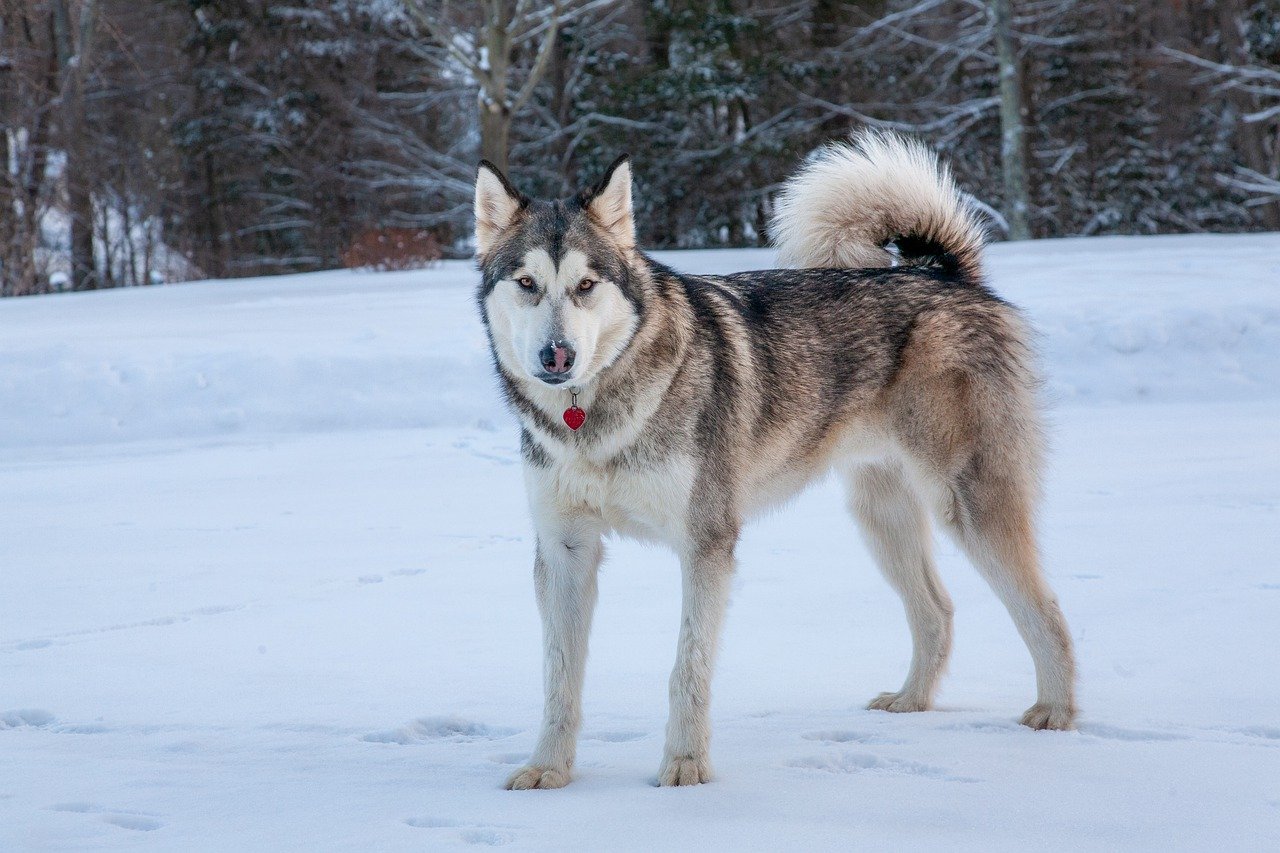 Shutterstock
Shutterstock
Dogs are adored for their lovable personalities and unique traits, but some breeds stand out thanks to their distinctive tails. From curls and twists to bushy plumes and sleek extensions, a dog’s tail often tells a fascinating story of its heritage, purpose, and personality. These tails aren’t just adorable—they’re functional too, helping with balance, communication, and even warmth in colder climates. Each unique tail shape and movement adds to the dog’s charm, making them not just pets but incredible companions with history in every wag and swoosh.
Afghan Hound
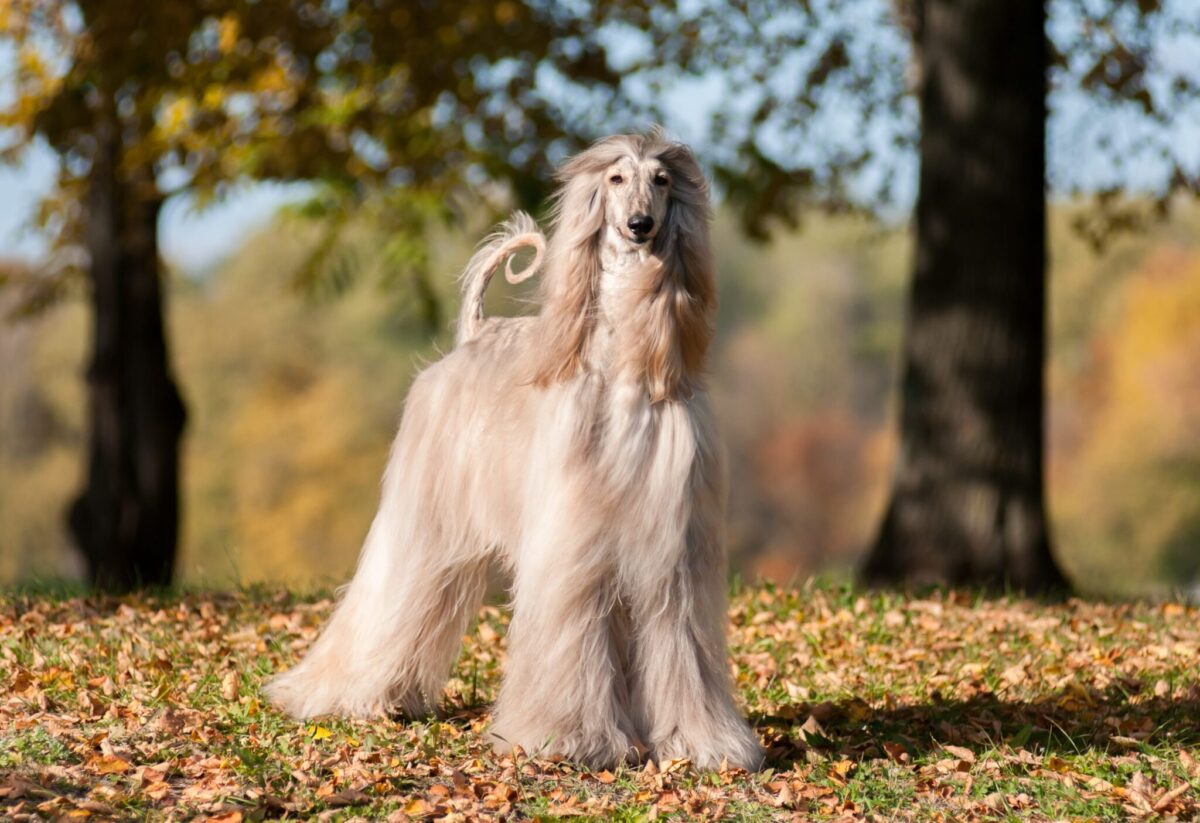 Shutterstock
Shutterstock
The Afghan Hound’s tail is long, and thin, and often ends with a signature curve. This elegant tail complements their luxurious, flowing coat, giving them a regal appearance as they run across landscapes. Originally bred for hunting in mountainous regions, their tail’s unique curve aids in balance and agility. When they’re in full stride, that curved tail acts like a painter’s brush, trailing behind them in graceful, sweeping motions.
Basenji
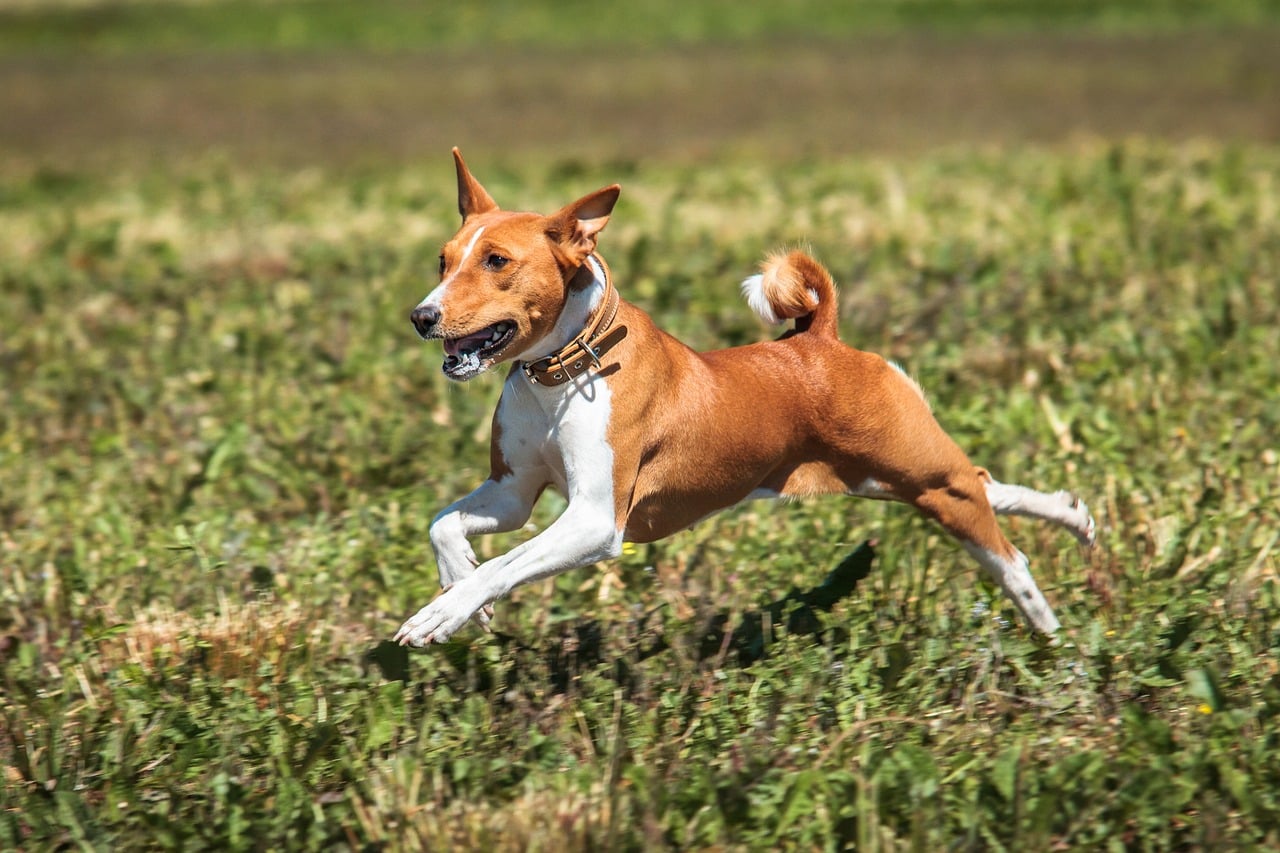 Shutterstock
Shutterstock
Known as the “barkless dog,” the Basenji also has a tail that’s as unique as its soundless nature. Their tightly curled tail rests neatly against their back, giving them an air of sophistication. Originating in Africa, this tail was useful for signal communication while hunting in dense forests. The Basenji’s curled tail adds to their mysterious and distinguished appearance, making them one of the most memorable silhouettes in the canine world.
Akita
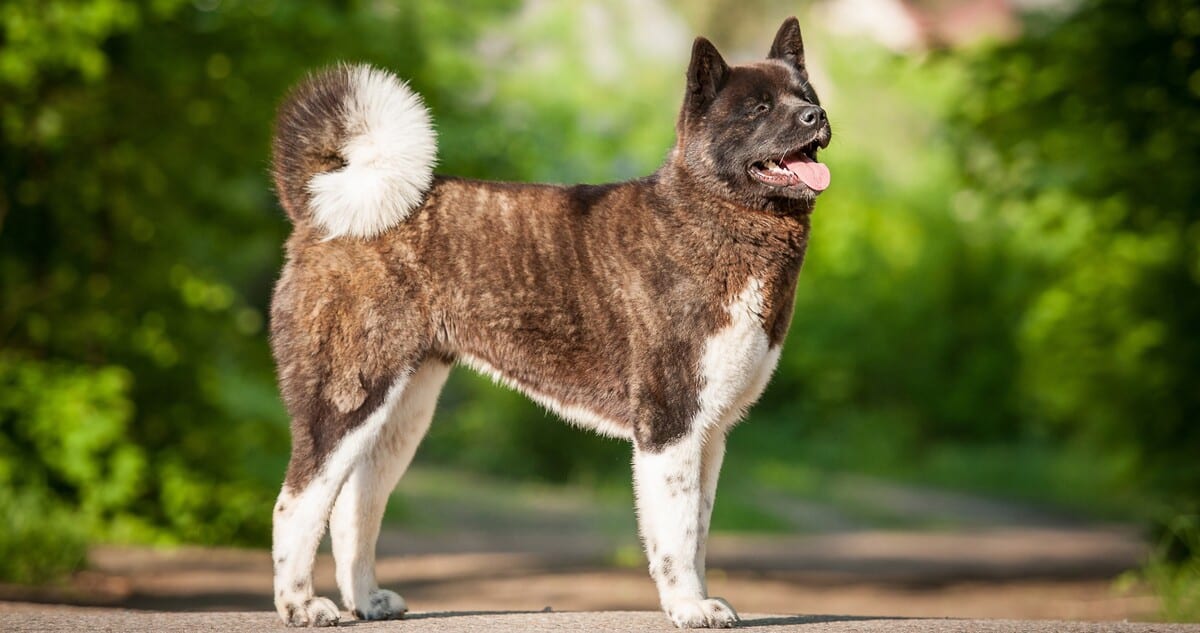 Shutterstock
Shutterstock
The Akita’s tail is thick, and plush, and curls up tightly over its back like a furry halo. This large, powerful breed hails from Japan, where they were used for hunting in cold mountainous regions. Their curled tail provides warmth, as Akitas are known to curl up and use their tails to cover their faces when they sleep in cold conditions. The Akita’s tail is not only functional but also an iconic feature that enhances their proud and imposing look.
Shiba Inu
 Shutterstock
Shutterstock
The Shiba Inu’s tail curls over its back in a tight, circular spiral, a feature that instantly adds to its fox-like appearance. Hailing from Japan, Shiba Inus were bred for hunting, and their curled tail adds an element of agility and balance to their small frame. This expressive tail even loosens when the Shiba is at ease, making it a great indicator of their mood.
Pug
 Shutterstock
Shutterstock
The Pug’s tightly curled tail, often coiled in a double curl, is one of the breed’s most distinctive features. This small breed’s quirky tail has long been celebrated, especially in the show ring where a double curl is highly prized. The Pug’s compact, coiled tail fits their playful and slightly mischievous personality, adding to their charm as a “big dog in a small body.”
Beagle
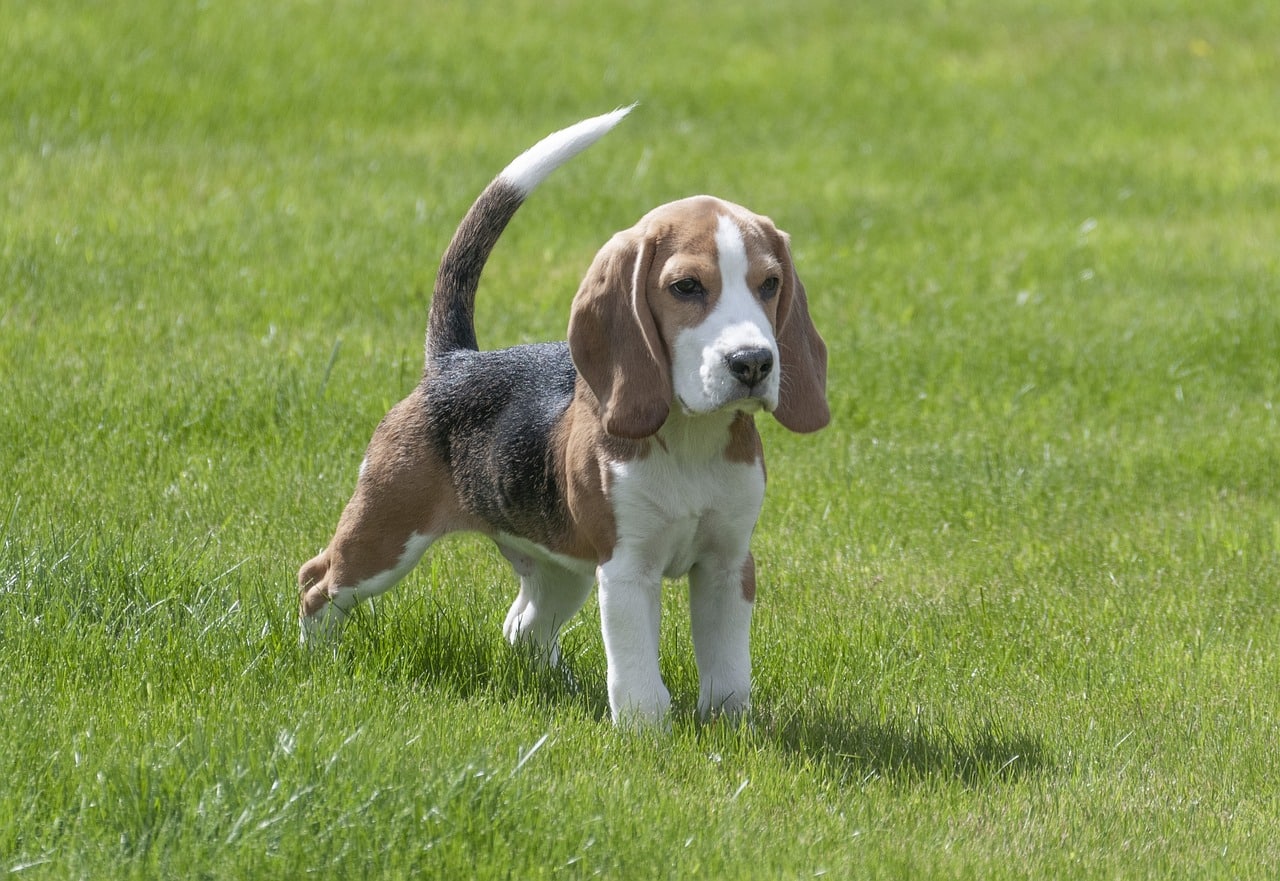 Shutterstock
Shutterstock
The Beagle’s tail may look ordinary at first, but it boasts a unique “white flag” at the tip. This white mark on their tail makes it easy for hunters to spot their dogs from afar, even in tall grass or thick forests. Beagles hold their tails high while on the trail, signaling their enthusiasm and energy. The upright “flag” tail has a practical history but also contributes to the Beagle’s signature cheerful look.
Old English Sheepdog
 Shutterstock
Shutterstock
This breed’s tail is famously bushy, often resembling a big fluffy plume. Some Old English Sheepdogs are naturally tailless, earning them the nickname “bobtail.” The large, shaggy tail, when present, adds to their cloud-like appearance and helps insulate them in cold weather. Whether docked or naturally long, their tail adds to the endearing and bear-like appearance of this gentle giant.
Greyhound
 Shutterstock
Shutterstock
The Greyhound’s tail is long, thin, and carried low, giving it a streamlined look that matches their athletic physique. This breed is known for speed, and their tail acts like a rudder, helping them make sharp turns at high speeds. Their sleek tail is as graceful as their run, adding to their elegance as one of the fastest breeds on the planet.
Chow Chow
 Shutterstock
Shutterstock
The Chow Chow’s tail is a unique, bushy feature that curls tightly over their back, giving them a lion-like presence. This breed’s origins in China, where they were used for guarding, hunting, and even herding, are reflected in their sturdy, curled tail. Their tail not only adds to their distinguished appearance but also contributes to their regal, independent nature.
Irish Wolfhound
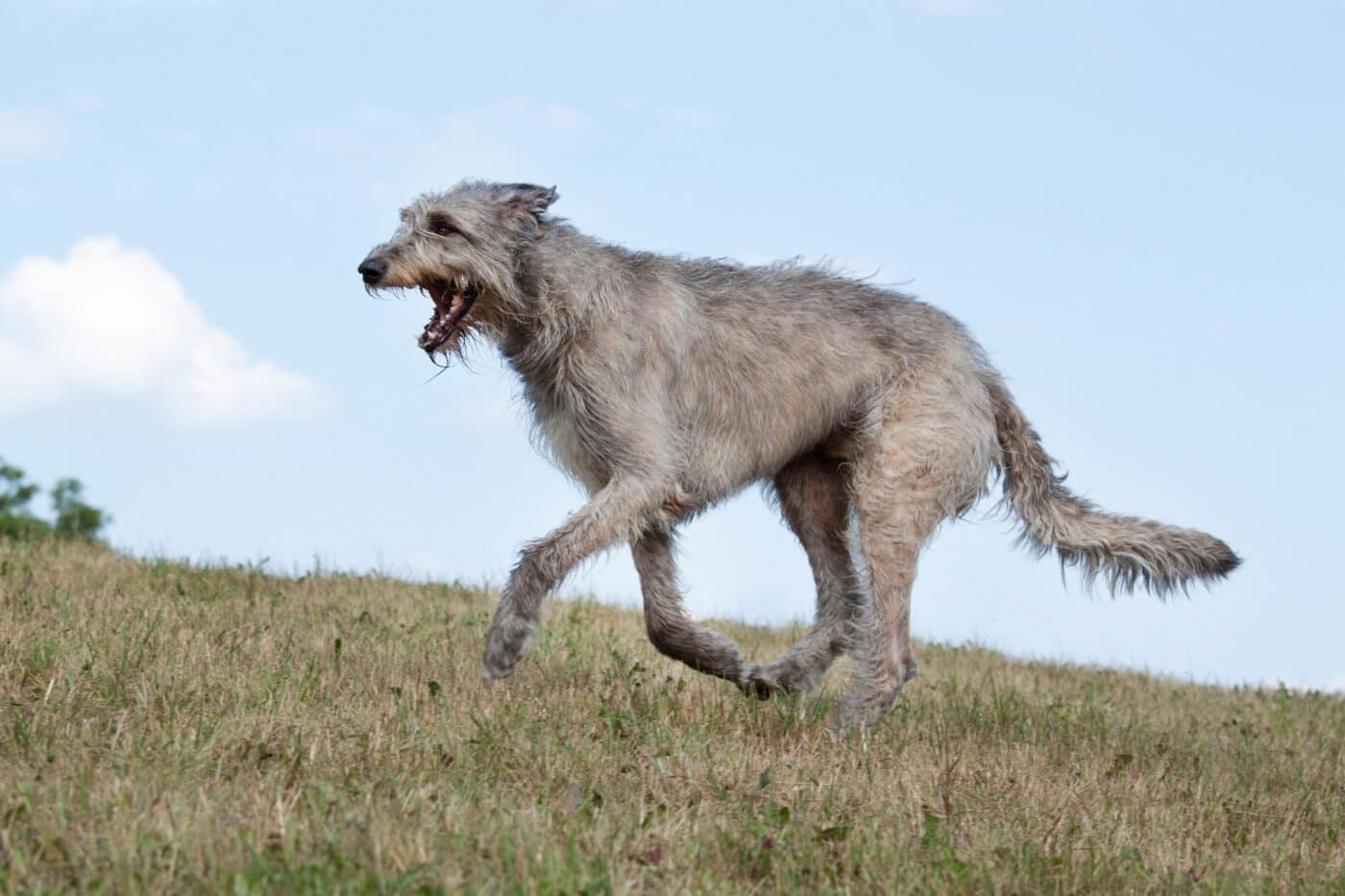 Shutterstock
Shutterstock
The Irish Wolfhound’s tail is as grand as its towering stature. This long, slightly curved tail helps the Wolfhound maintain balance while moving across open terrain. Known for their gentle and affectionate nature, the Irish Wolfhound’s tail is often seen as a symbol of loyalty and companionship, just like their noble lineage as protectors and hunters.
Samoyed
 Shutterstock
Shutterstock
The Samoyed’s tail is as fluffy as they come, with a signature curl that often rests over its back. Originally bred in the cold climates of Siberia, Samoyeds would curl up in the snow with their tails covering their faces to retain warmth. This tail, with its soft and bushy texture, adds to the Samoyed’s smiley and approachable look, making them the picture of warmth and happiness.
Australian Shepherd
 Shutterstock
Shutterstock
The Australian Shepherd sometimes has a naturally short “bobbed” tail, while others have a full tail that curves gracefully. This variety in tail types is ideal for a breed that was bred to herd cattle, as a short tail prevents injuries. The bobtail variation enhances their agility and quick reflexes, while those with longer tails add to the breed’s beauty, making them just as adaptable on the farm as in the show ring.
Dachshund
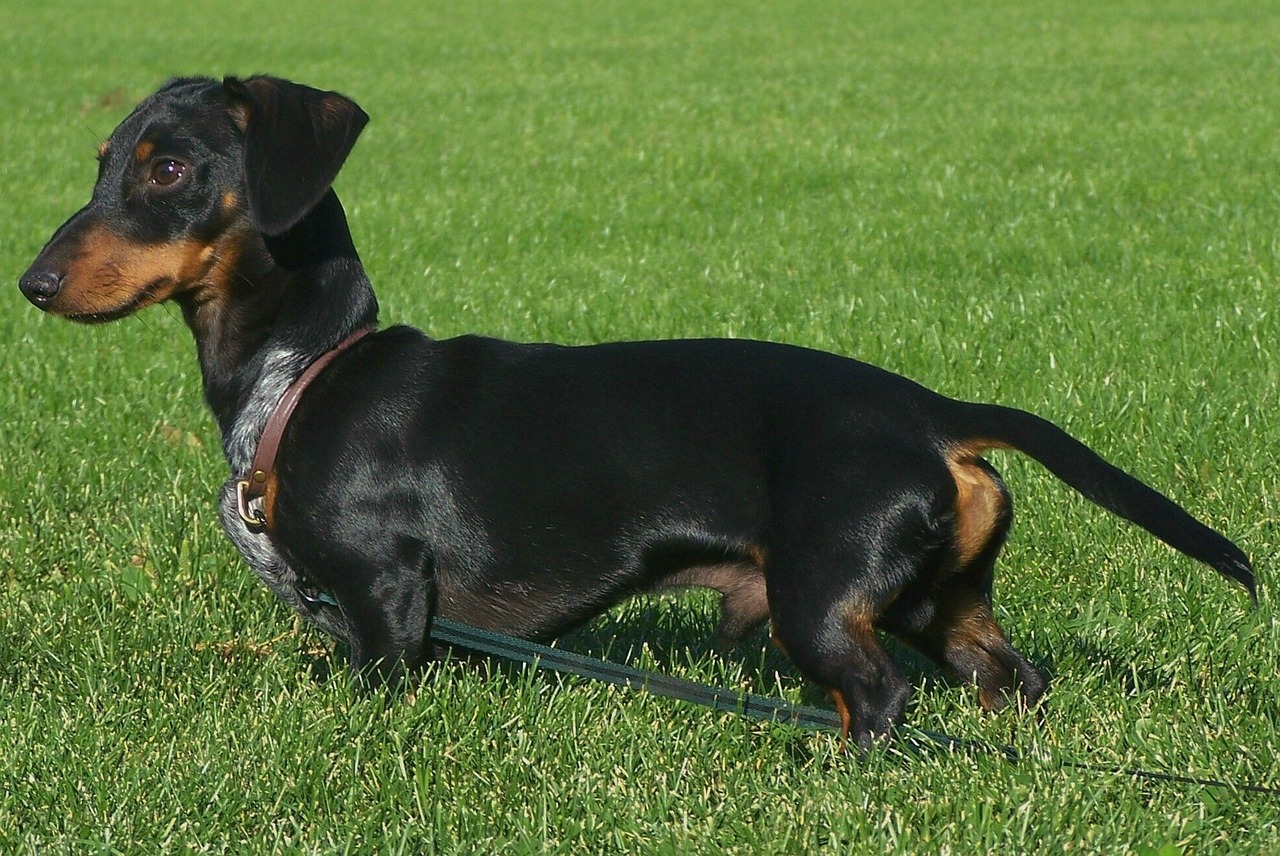 Shutterstock
Shutterstock
With a tail that acts as a practical tool, the Dachshund’s long tail served a specific purpose during their hunting days. Originally bred to hunt burrowing animals, their tails served as a handle for hunters to pull them out if they got stuck in a tunnel. This unique, straight tail adds character to their elongated body and showcases the breed’s tenacious spirit.
Komondor
 Shutterstock
Shutterstock
The Komondor’s tail is an intriguing feature that is often hidden beneath their dense, corded coat. Known as the “mop dog,” this Hungarian livestock guardian’s tail blends seamlessly with its body, providing a natural camouflage among sheep. This hidden tail serves as a balancing tool, helping them remain agile as they guard livestock, adding to the breed’s mysterious, dreadlock-like appearance.
Alaskan Malamute
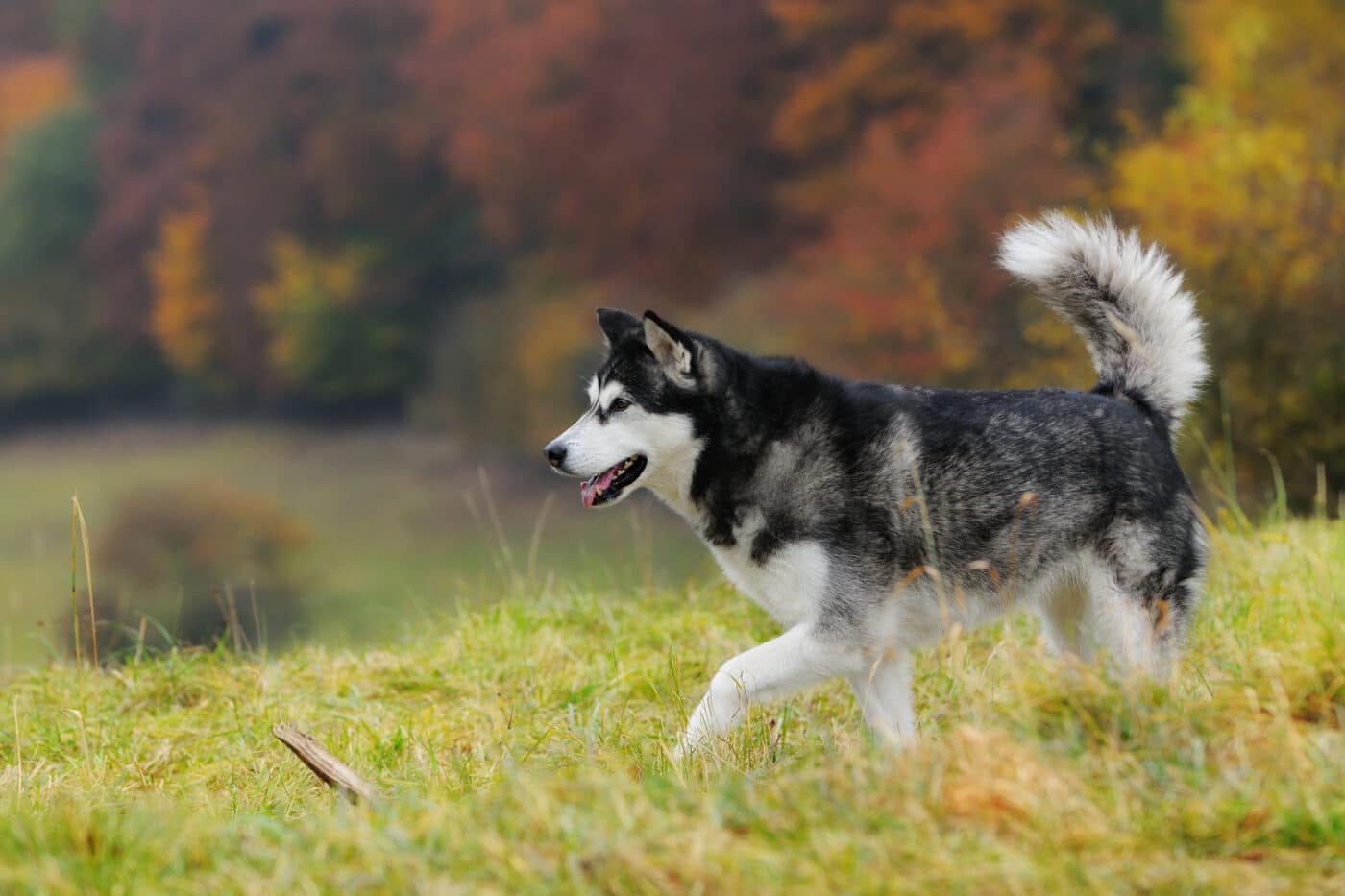 Shutterstock
Shutterstock
The Alaskan Malamute’s tail is thick and fluffy, often curling over its back in a majestic sweep. Originally bred for sled-pulling in harsh Arctic climates, the Malamute’s tail helps them stay warm as they curl up to sleep in the snow. Their tail completes their robust and sturdy look, making them well-suited for their historical role as a reliable working breed.
The Tail End Of The Tale
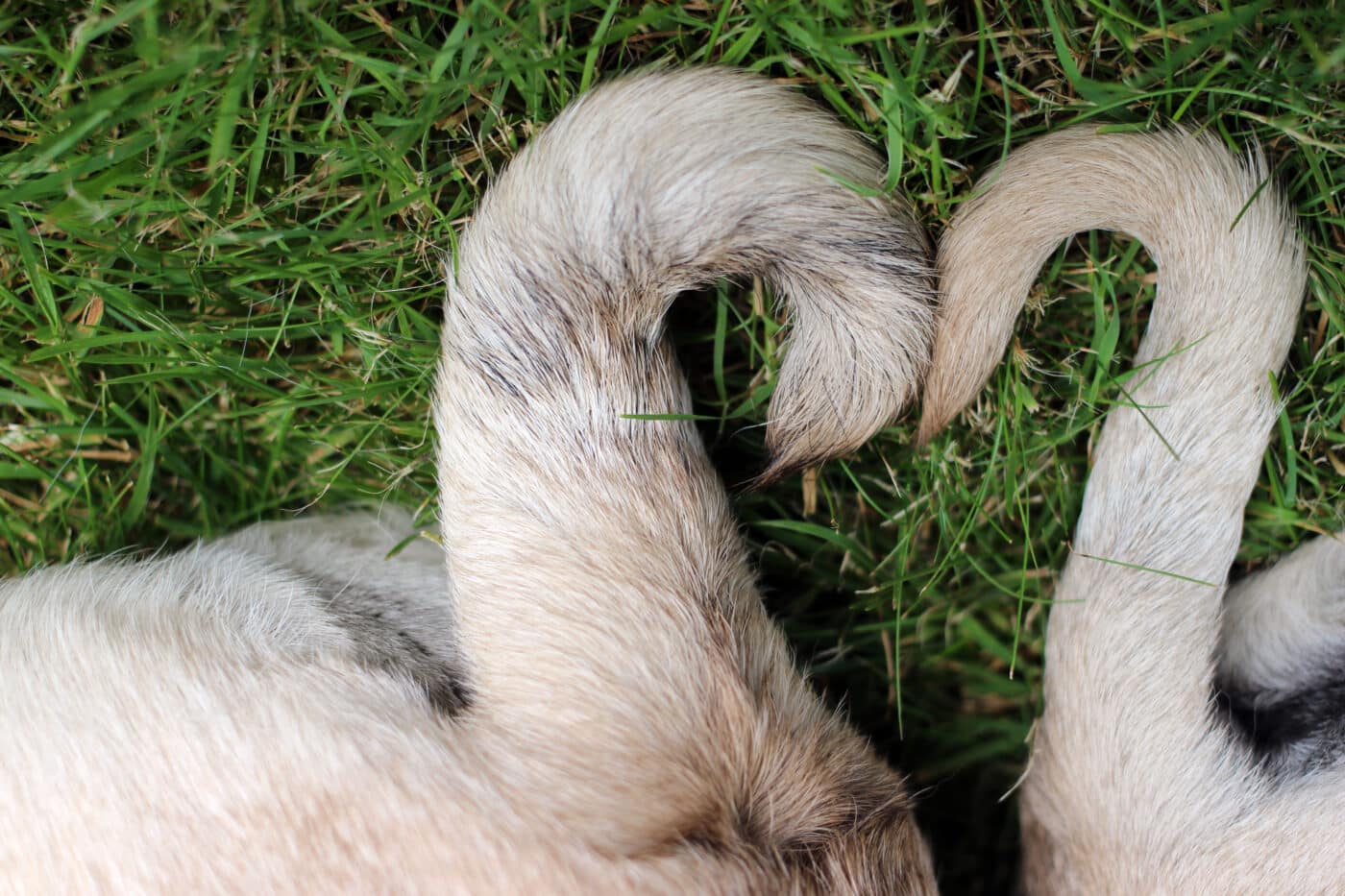 Shutterstock
Shutterstock
These unique tails remind us that each breed has its own story, shared through every wag, twist, and curl. From balancing on rugged terrain to keeping warm in the cold, every tail shape reflects the breed’s history, instincts, and charm. So, next time you see a dog wagging happily, remember there’s more to that tail than meets the eye—each one is a masterpiece crafted by nature and honed over generations, blending function and beauty in a way only dogs can.

 1 week ago
6
1 week ago
6

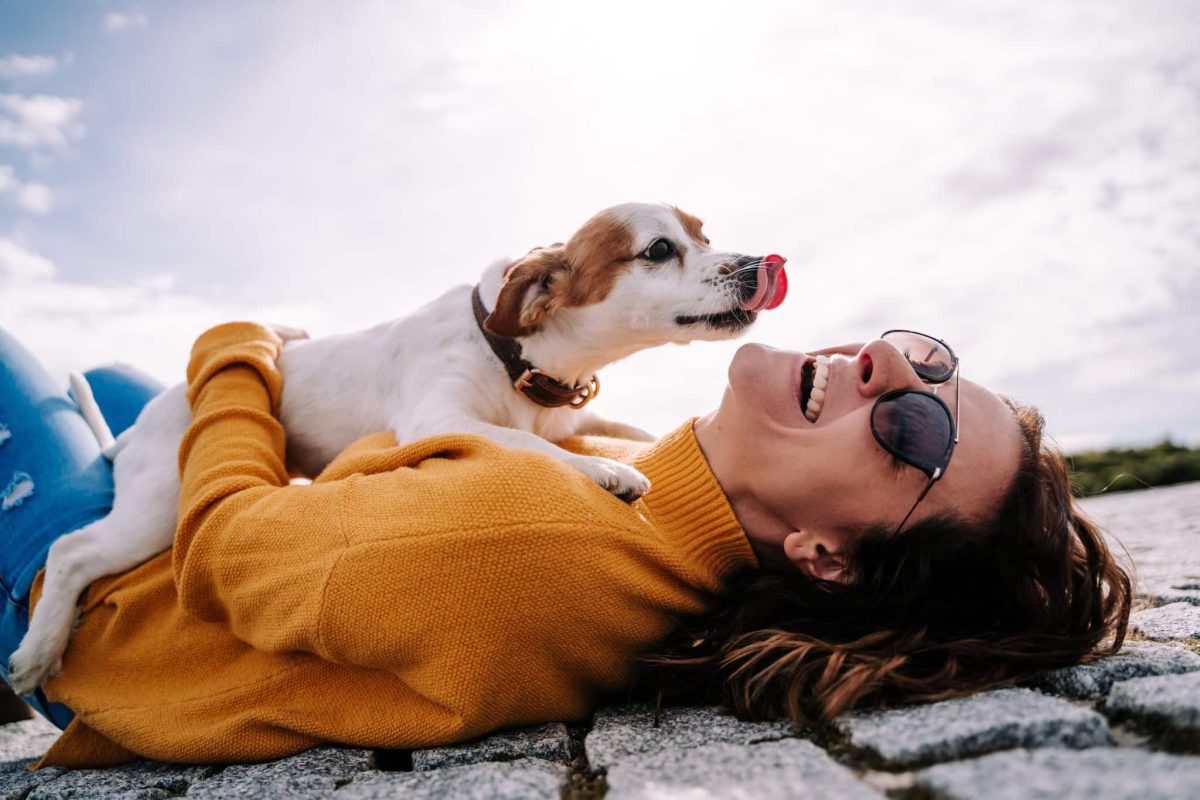

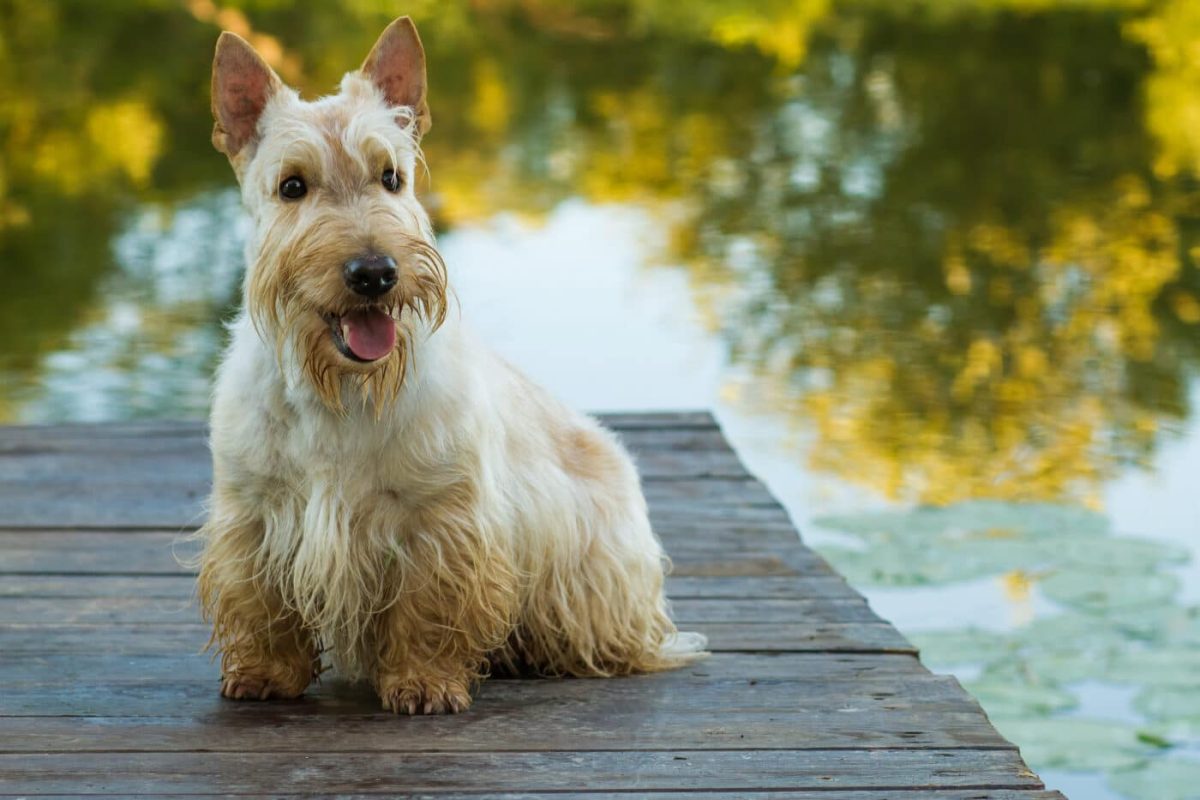
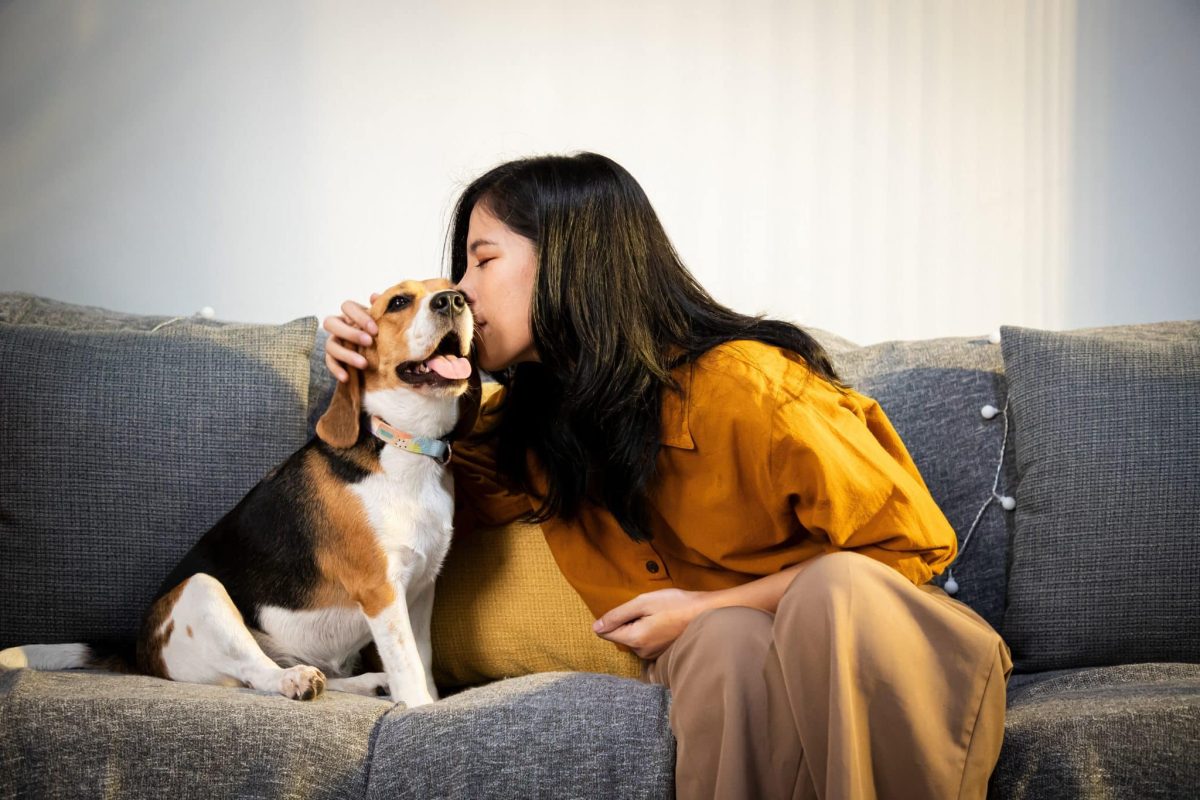

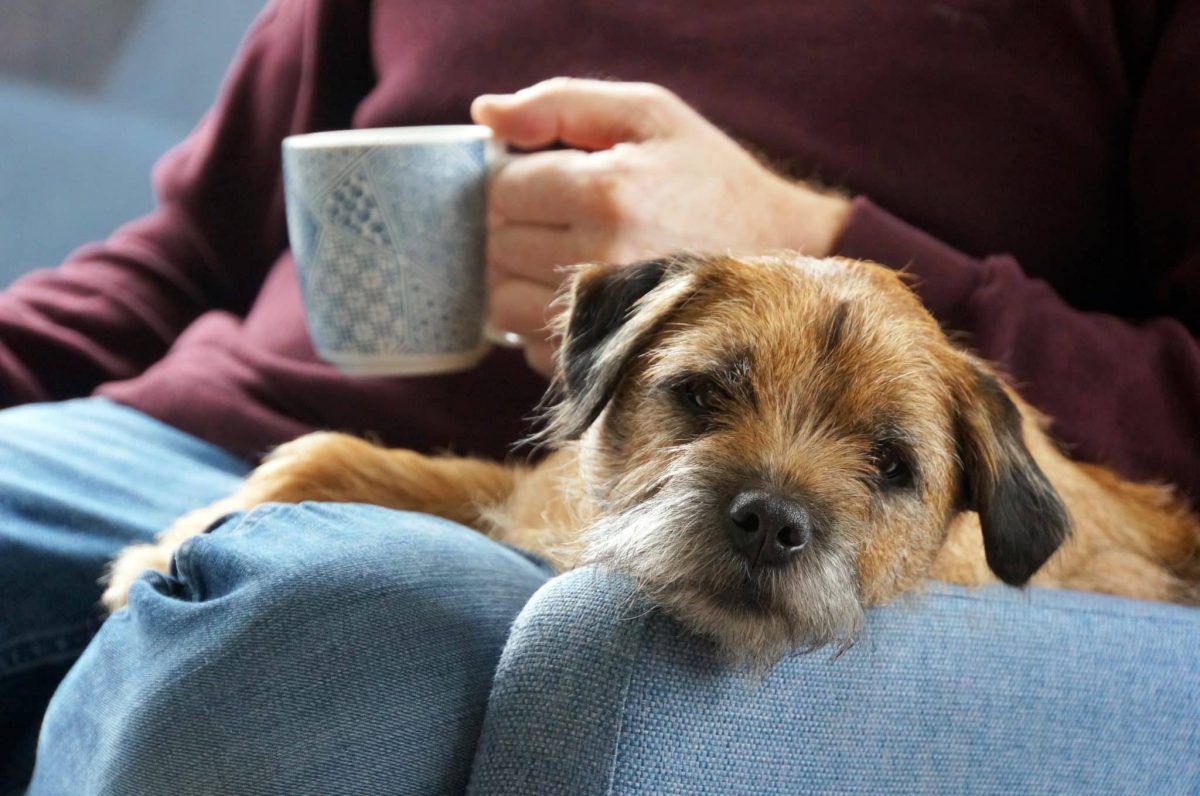
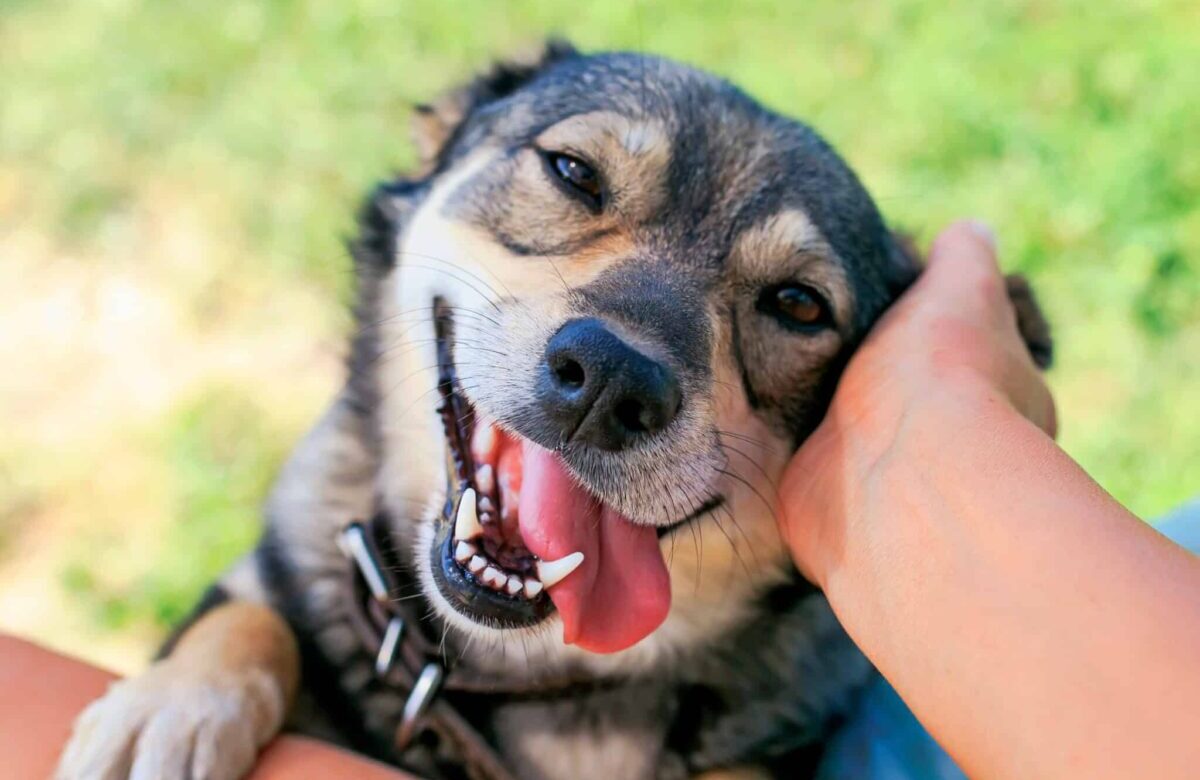



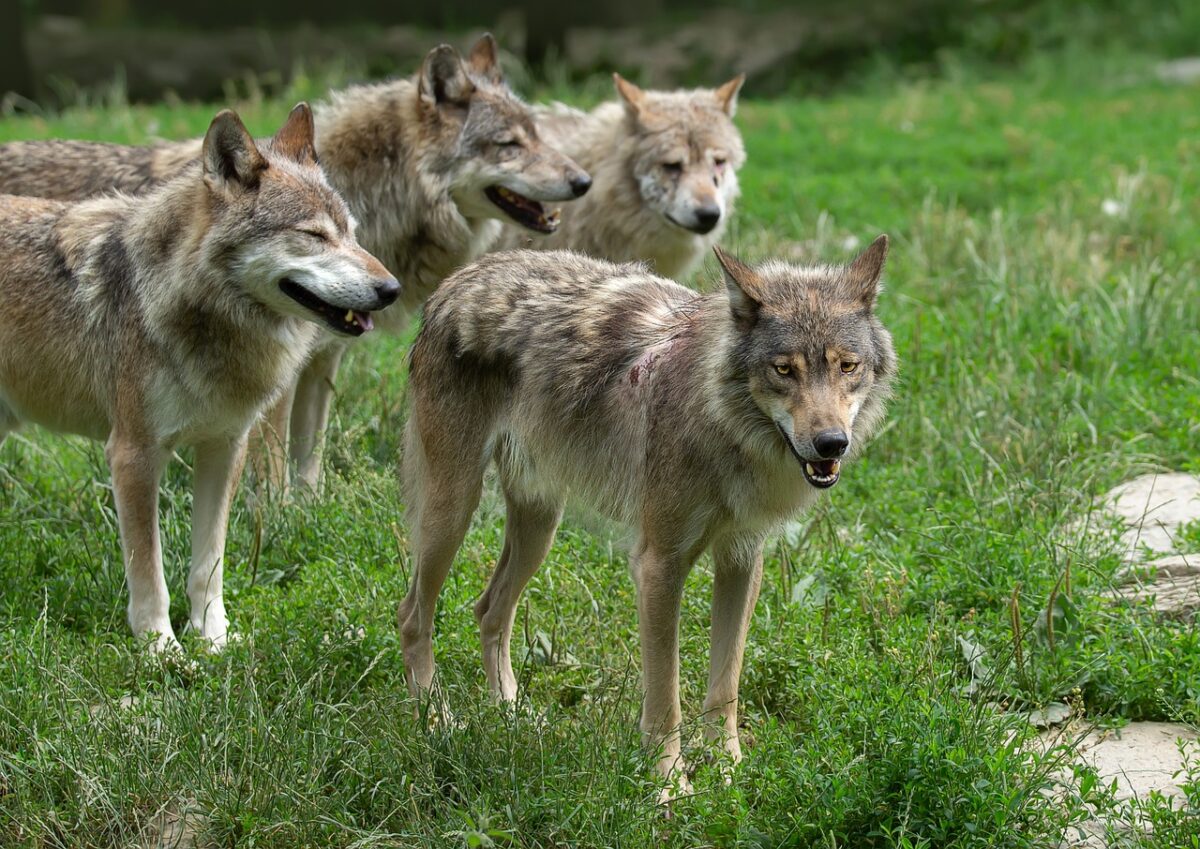
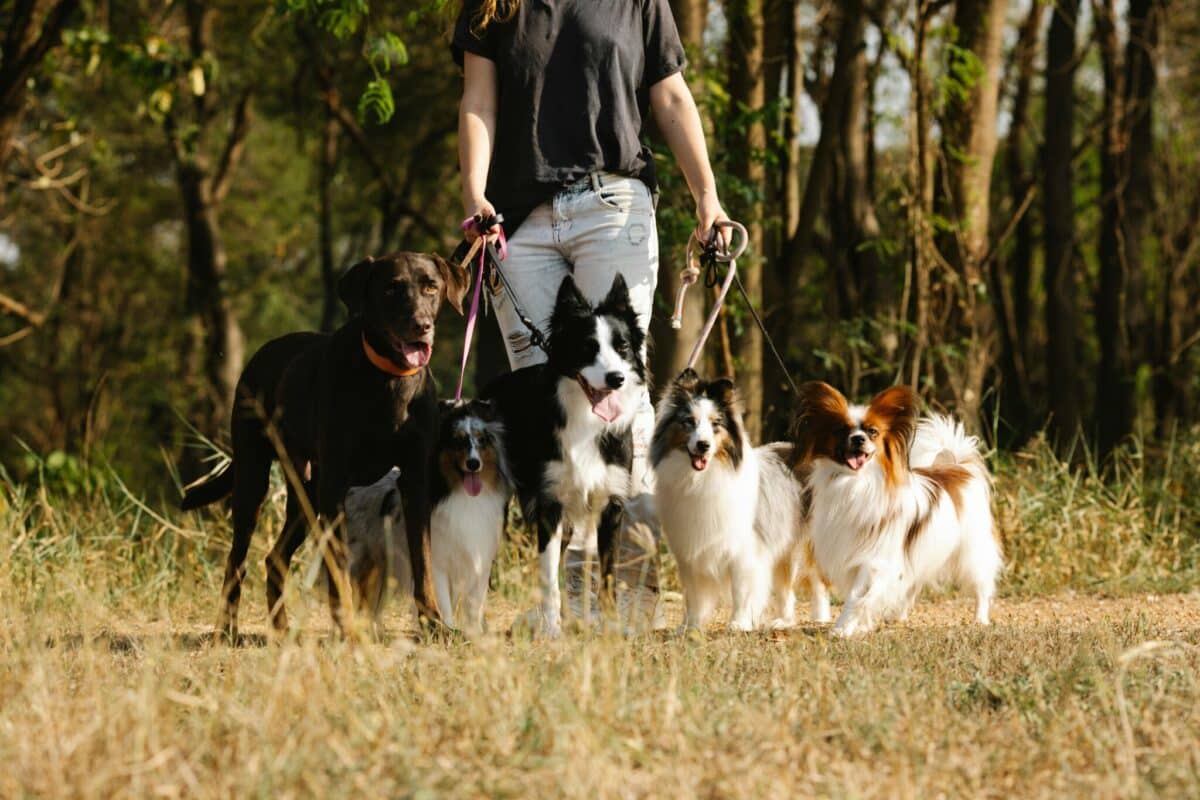



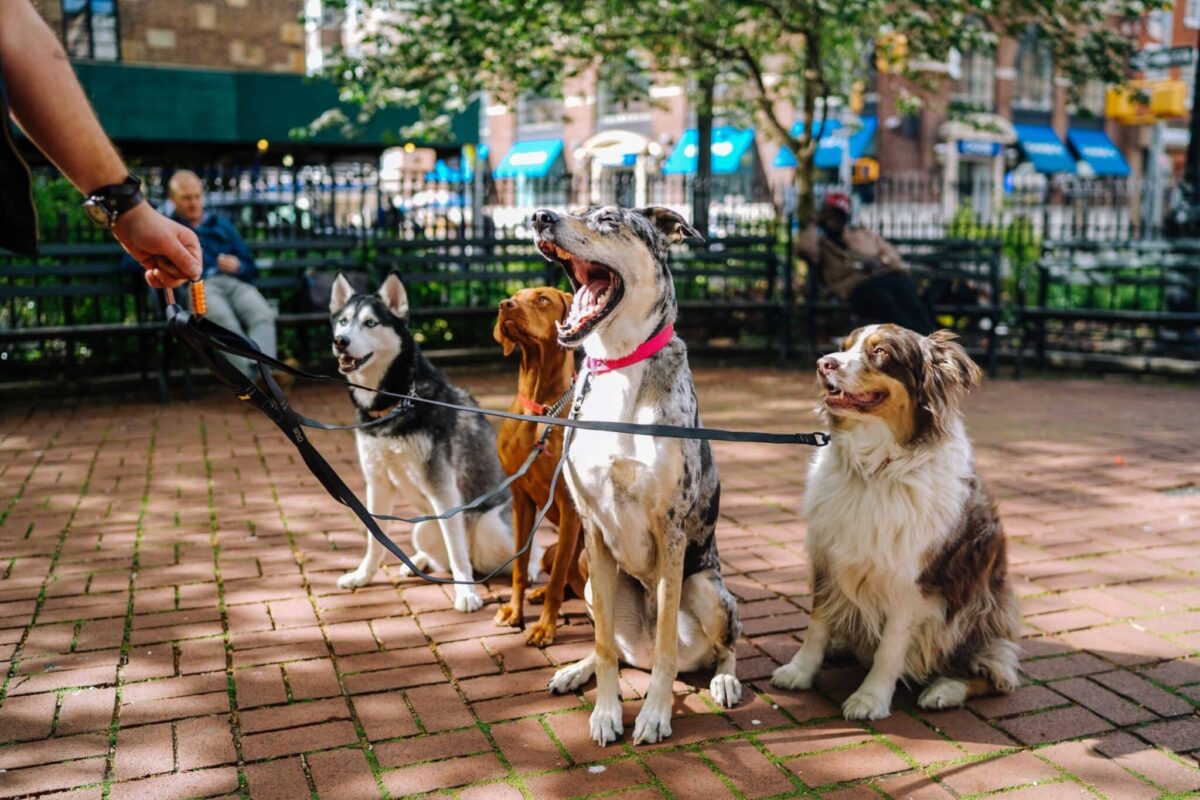

 English (US) ·
English (US) ·